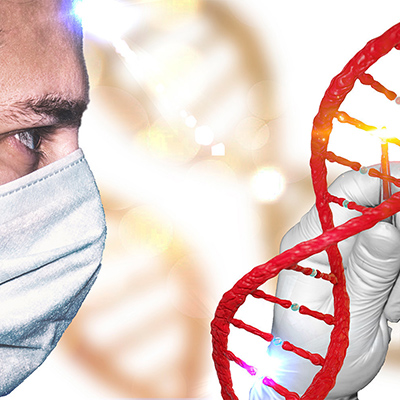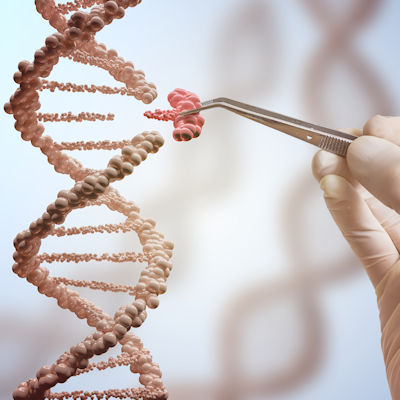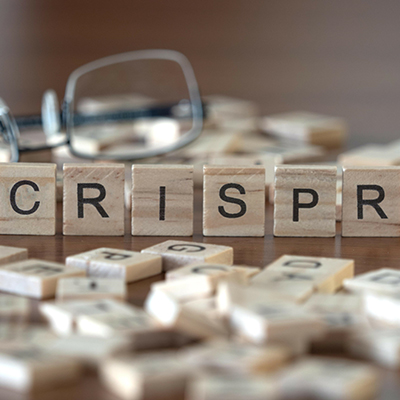December 14, 2022 -- Genome-editing CRISPR technology has reduced the toxic RNA that drives Huntington's disease in mice, providing preclinical proof of principle for a new way to treat the fatal neurodegenerative disorder, according to a study published on December 12 in Nature Neuroscience.
Science has uncovered the root of Huntington's, revealing that a cytosine-adenine-guanine (CAG) short tandem repeat expansion in exon 1 of the huntingtin gene causes the condition. Patients with longer CAG repeats develop symptoms earlier. Yet treatment of the neurodegenerative disorder remains focused on the motor symptoms that characterize the disease. Patients typically die within 20 years of diagnosis.
Targeting mutant huntingtin could yield better outcomes. Mutated huntingtin protein is toxic. Current evidence suggests that it contributes to disease pathogenesis. Suppressing both transcripts and protein levels may therefore yield the best results. While RNA interference and antisense oligonucleotide drug candidates have moved into human trials on the strength of preclinical efficacy data, CRISPR may enable more precise targeting of mutant huntingtin over the normal, biologically important allele.
Working with collaborators at other institutions, researchers at the University of California (UC), San Diego School of Medicine set out to explore that idea, as Kathryn Morelli, PhD, co-first author of the study explained.
"Our goal was to engineer a type of therapy that would only target the toxic RNA that causes [Huntington's] and could keep the rest of the human genome and transcriptome intact," Morelli, a research fellow in Gene Yeo's UC San Diego lab, said in a statement. "We specifically screened our top therapeutic constructs in [Huntington's] patient cell lines to make sure of it."
The project yielded a CRISPR-Cas13d system that is designed to target toxic RNA. Cas13d has previously shown a strong ability to cleave target RNA with high efficiency and specificity, making it well-suited for the project. The drug candidate eliminated the RNA from patient-derived fibroblasts and induced pluripotent stem cell-derived neurons.
Delivered directly into mouse brains using adeno-associated viral vectors, the CRISPR-Cas13d system selectively reduced mutant huntingtin messenger RNA and protein levels in the Huntington's model. The changes led to improved motor coordination, reduced striatal atrophy -- a hallmark of the disease -- and a decline in mutant protein aggregates. The improvements lasted for at least eight months.
The CRISPR-Cas13d system triggered improvements without causing adverse effects and with minimal off-target transcriptomic effects. The findings suggest the approach may be able to treat Huntington's without depleting endogenous RNAi machinery or causing undesired global changes in gene expression.
"Taken together, we demonstrate proof of principle of an RNA-targeting CRISPR-Cas13d system as a therapeutic approach for [Huntington's], a strategy with implications for the treatment of other dominantly inherited disorders," the study's authors wrote.
Copyright © 2022 scienceboard.net









